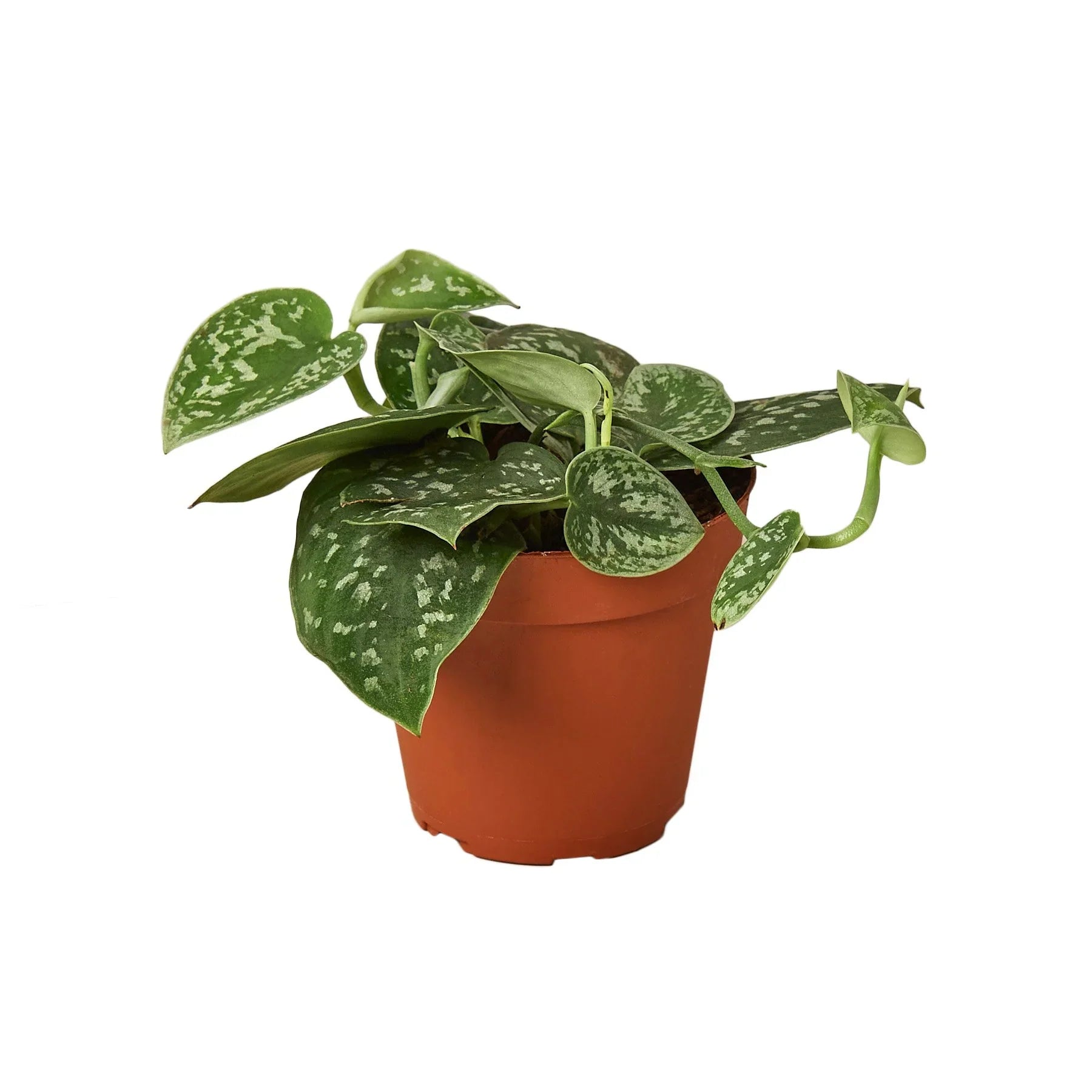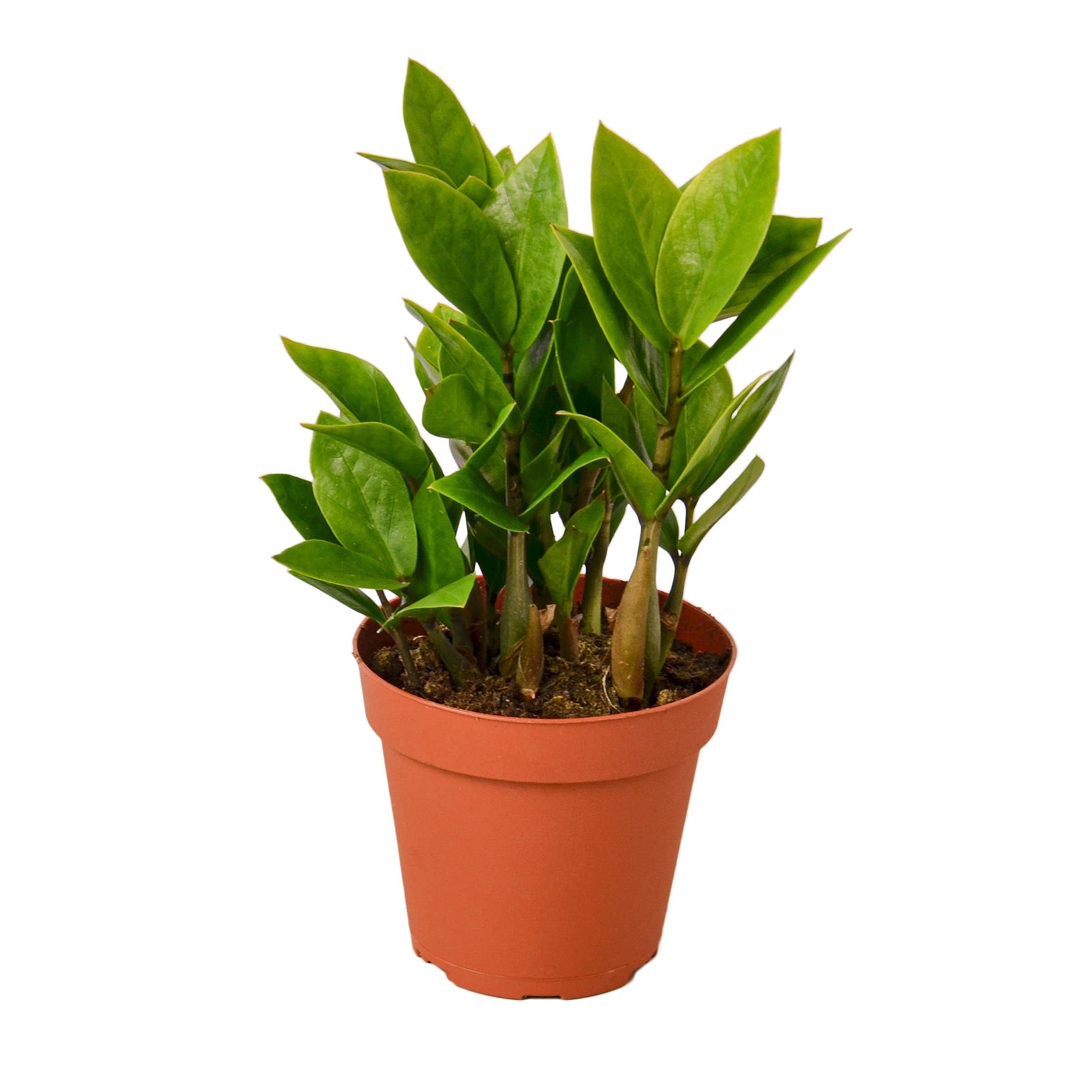Description | Alocasia Purple Sword Plant - Alocasia Lauterbachiana
Appearance and Identification: Alocasia Purple Sword, scientifically known as Alocasia Lauterbachiana, captivates with its unique, sword-like leaves. These elongated foliage pieces boast a deep green color with a distinctive purple underside, creating a visually striking contrast. The edges of the leaves are slightly wavy, adding to its dramatic appearance.
Unique Attributes: This variety of Alocasia is celebrated for its architectural form and vibrant color palette. The Purple Sword stands out with its upright growth habit and the way its leaves gracefully arch, making it a natural focal point in any collection.
Reasons for Popularity: Aside from its breathtaking appearance, the Alocasia Purple Sword is adored for its air-purifying capabilities and relatively straightforward care requirements. Its ability to adapt to indoor environments and the unique coloration of its foliage make it a popular choice among plant lovers seeking to add a touch of the dramatic to their spaces.
History and Origin
Native to the tropical forests of Southeast Asia, Alocasia Lauterbachiana has adapted to thrive under the canopy of tall trees, which has informed its care and cultivation as a houseplant. Its unique appearance and resilience have made it a sought-after species for collectors and enthusiasts alike.
Care Instructions
Light Requirements: Prefers bright, indirect light to maintain its vibrant coloration and prevent leaf burn. Avoid direct sunlight, which can damage the foliage.
Watering: Water when the top 1-2 inches of soil are dry to the touch. Ensure good drainage to prevent root rot, as the Alocasia Purple Sword is sensitive to overwatering.
Soil and Fertilization: Use a well-draining, peat-based potting mix. Fertilize every 4-6 weeks during the growing season with a balanced, liquid fertilizer to support its vigorous growth.
Temperature and Humidity: Thrives in warm, humid environments typical of its native habitat. Keep temperatures between 65°F and 80°F (18°C to 27°C) and maintain high humidity, either by misting regularly, using a humidifier, or placing the plant on a pebble tray.
Pruning and Maintenance: Prune away any yellowing or damaged leaves to encourage new growth and maintain the plant's aesthetic. Regularly dust the leaves to promote efficient photosynthesis and inspect for pests.
Companion Plants
Choosing the right companion plants can make your space a lush, healthy haven, enhancing the beauty and vitality of your garden. Opt for plants with similar light and humidity preferences to ensure they grow harmoniously together. This thoughtful selection not only enriches the visual appeal of your space but also contributes to a balanced and supportive environment where each plant can thrive.
 Sale
Sale








